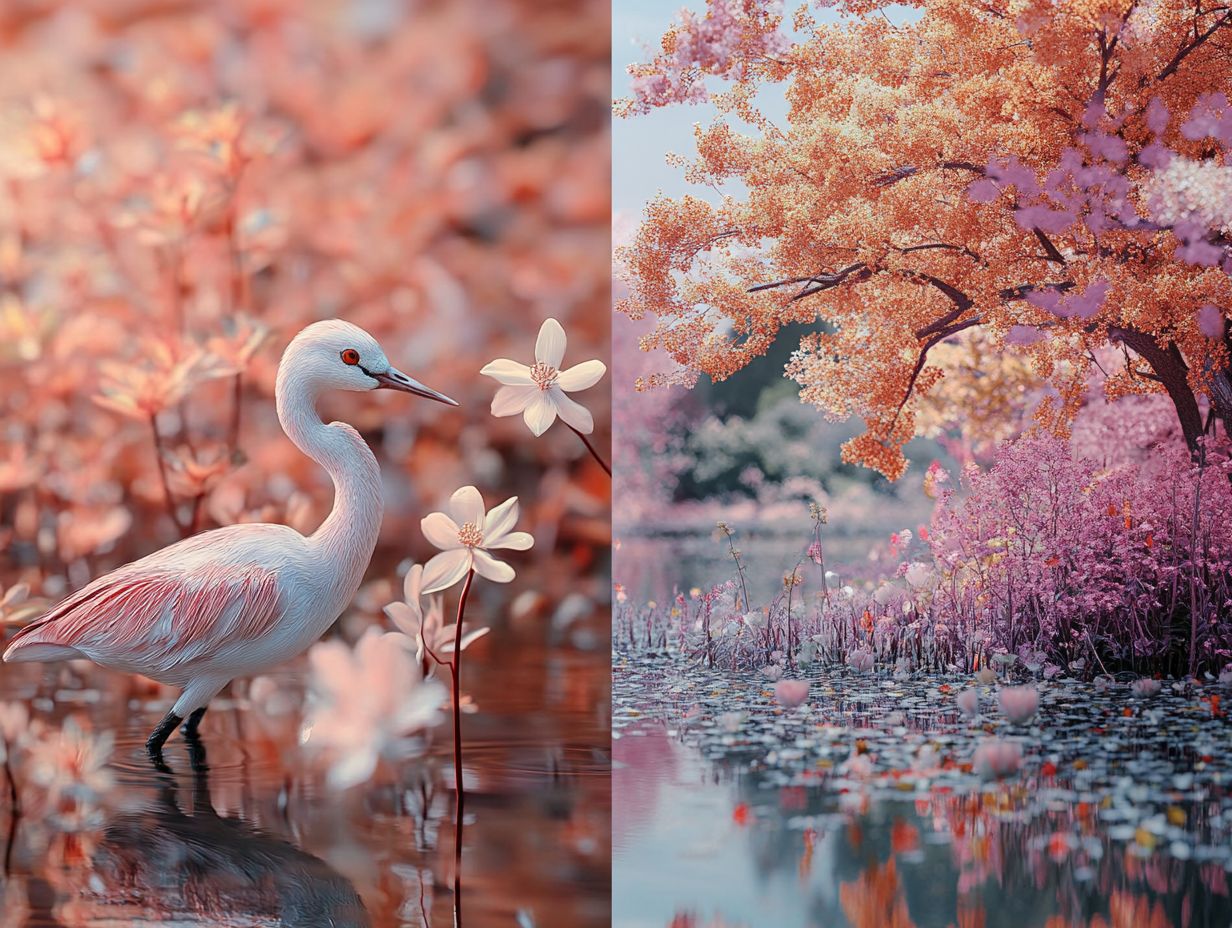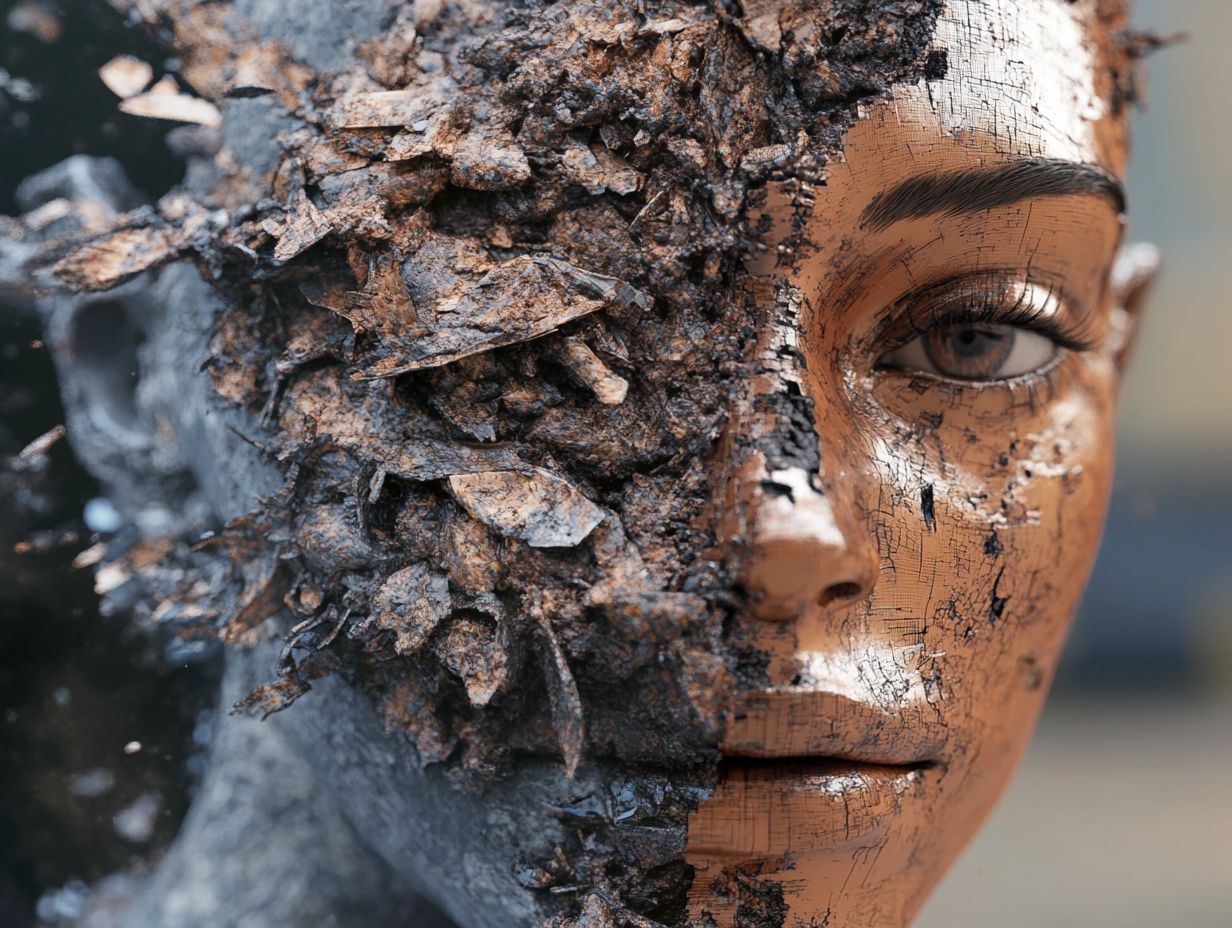Artificial Intelligence continues to evolve at an astonishing pace, and I find DALL·E 2 to be a remarkable example of creative innovation and digital art.
In this analysis, I will explore what DALL·E 2 can do, highlighting its impressive capabilities and features, as well as the potential benefits it offers across various industries, focusing on its versatility and scalability. However, like any groundbreaking technology, it also raises ethical concerns that merit careful discussion.
Readers can expect a thorough evaluation of DALL·E 2’s performance, accompanied by insights into its future possibilities and potential for innovation. I invite you to join me on this journey as we uncover the multifaceted impact of this innovation in the context of evolving technology.
What is AI DALL·E 2 and its relevance in creative potential?

I find AI DALL·E 2, developed by OpenAI, to be a groundbreaking artificial intelligence model specifically designed for image generation. It utilizes advanced machine learning techniques and neural networks to transform textual prompts into stunning visual art, effectively showcasing the intersection of technology and creativity.
This innovative tool represents a significant advancement in generative models, enabling me to explore in-depth artistic expression, content creation, and create customized digital artworks.
By leveraging the capabilities of image synthesis, DALL·E 2 gives a diverse range of users, from professional artists like myself to casual hobbyists, the power to unleash our imaginations and explore new boundaries of creativity in ways that were previously thought impossible.
The model’s capability to understand context and generate unique visuals from simple descriptions emphasizes its sophistication and utility within the digital art landscape. This not only enhances my experience by making art creation more accessible but also blurs the lines between human creativity and artificial intelligence, highlighting the integration of technology in artistic practices.
As the possibilities of AI continue to expand, I see DALL·E 2 as a testament to the transformative potential of technology in reimagining what art can be.
Capabilities of AI DALL·E 2 and its impact on content creation
The capabilities of AI DALL·E 2 go beyond simple image generation; it showcases an impressive level of realism and customization that addresses a wide range of user needs.
This advanced technology utilizes deep learning algorithms and sophisticated model architectures to produce high-quality visual outputs that accurately reflect the artistic style, intent behind the user’s prompts, and context, all while ensuring scalability and efficiency.
Understanding its Functions, Features, and their impact on user experience

Understanding the functions, features, and neural architecture of DALL·E 2 has allowed me to appreciate how it transforms user input into captivating visual content.
This model leverages advanced algorithms and neural networks not only to generate images but also to provide a seamless experience through an intuitive user interface.
This interface enables detailed image manipulation and adjustments. The user-friendly design facilitates creative exploration, give the power toing me to experiment with various prompt engineering techniques that can significantly influence the generated output.
As I become more skilled at crafting specific and imaginative prompts, I contribute to a more dynamic interaction with the technology. User feedback plays a crucial role in refining the model’s capabilities, ensuring that the outputs align with ethical considerations and community expectations.
The multimedia applications of DALL·E 2 extend beyond traditional art, presenting potential uses in advertising, education, and storytelling, ultimately enhancing engagement across multiple platforms.
Potential Benefits of AI DALL·E 2 and its applications in various industries
The potential benefits of AI DALL·E 2 are extensive, influencing a wide range of industries and enhancing creative processes across the board.
By leveraging the capabilities of artificial intelligence, I see this innovative tool offering unprecedented opportunities for content creators, graphic designers, and educators.
It streamlines workflows and promotes digital transformation, making it a valuable asset in today’s fast-paced environment.
Impact on Various Industries and Applications

The impact of DALL·E 2 extends across various industries, fundamentally transforming the way visual art is created and consumed. In fields ranging from marketing to entertainment, I find that its applications enable content creators to produce high-quality imagery quickly, effectively catering to diverse user demographics and enhancing the overall user experience.
This innovative tool not only streamlines my workflows but also revolutionizes my creative processes, allowing me to explore a wide array of visual storytelling techniques, style transfers, and data visualizations that were previously limited by time and resources.
For example, in the fashion industry, I observe designers utilizing DALL·E 2 to visualize their collections, crafting unique graphics that effectively capture consumer attention. Similarly, in the film sector, concept artists leverage this technology to generate storyboards and visual elements, fostering a collaborative environment that enhances creative brainstorming sessions.
As a result, the integration of such advanced graphic design capabilities is reshaping how I collaborate with others, enabling more imaginative and diverse outputs in both media production and advertising campaigns.
Concerns and Criticisms of AI DALL·E 2, focusing on ethical considerations
Despite its groundbreaking capabilities, I recognize that AI DALL·E 2 faces a variety of concerns and criticisms related to its ethical implications, potential risks, and limitations.
The rapid advancement of AI technologies prompts important questions regarding copyright issues, user feedback, and the potential for misuse. These factors contribute to ongoing discussions within the community about the responsible use of this powerful tool.
Ethical and Societal Implications

The ethical and societal implications of DALL·E 2 are indeed complex, raising important questions about artistic integrity, copyright, and community engagement. As AI-generated art becomes increasingly prevalent, it challenges traditional notions of creativity and originality, making it essential to engage in a robust discourse on responsible practices within the industry.
This situation prompts crucial considerations regarding copyright, ownership rights of these creations, and the methods for differentiating between human-made and machine-generated works.
Given this digital transformation, I recognize that art critiques are closely examining the impact on established artists and their ability to monetize their creativity.
It is imperative to foster community engagement around these technologies; artists, collectors, and technologists must collaborate to establish clear guidelines that protect intellectual property while promoting innovation.
The ongoing conversation surrounding AI ethics provides a foundation for navigating these complexities, ensuring that the evolution of art remains inclusive and fair for everyone involved.
How to Evaluate the Performance of AI DALL·E 2 using engagement metrics
Evaluating the performance of AI DALL·E 2 requires a comprehensive analysis of multiple metrics that indicate its effectiveness in image generation, including fidelity, coherence, and aesthetics.
I consider factors such as output quality, resolution, speed, and user satisfaction, all of which are essential in assessing how effectively this technology meets user expectations and adheres to industry standards.
Metrics and Measures for Assessing Success
Understanding the metrics and measures for assessing the success of DALL·E 2 is essential for its ongoing improvement and user satisfaction.
I focus on key performance indicators such as user experience ratings, output quality, and feedback on customization options, as these provide valuable insights into the effectiveness of the image generation process.
These indicators allow me to gauge important aspects such as user satisfaction, algorithm efficiency, and performance consistency. For example, analyzing the frequency of user engagement helps determine how well the platform meets creative needs, while evaluating the diversity of generated images sheds light on the model’s versatility.
By tracking user feedback on specific features, I can refine algorithms to enhance overall functionality. Additionally, maintaining a balance between speed and image quality is a vital metric, ensuring that artists and creators receive prompt, high-quality results that align with their expectations.
Future of AI DALL·E 2 and its evolution in digital culture
The future of AI DALL·E 2 is set for remarkable advancements, fueled by continuous research, training data, and the evolution of AI trends.
As technology progresses, I anticipate significant improvements in image quality, realism, and user interface design. These enhancements will not only enrich the overall user experience but also expand the tool’s capabilities.
Predictions and Possibilities
Predictions for DALL·E 2 suggest that AI-generated content will soon become an essential component of creative workflows across various fields. As creativity tools continue to advance, I anticipate witnessing unprecedented levels of customization and output diversity, which will ultimately transform the landscape of visual art.
This transformation is likely to redefine the relationship between artists and technology, give the power toing individuals to leverage innovative AI capabilities to enhance their creative expressions. As a content creator, I find myself at the intersection of artistry and technology, viewing AI as a collaborative partner rather than just a tool.
The implications for the art market could be significant, as previously niche styles may achieve broader acceptance through AI-generated pieces, allowing a wider range of demographics to access and appreciate diverse artistic expressions.
I envision that collaborative art projects will thrive as digital platforms emerge as the central hub for artists to explore synergies with AI, fostering a new wave of creativity that challenges traditional boundaries. With the integration of tools like DALL·E 2 and advancements in text-to-image technologies, the art generation process is revolutionized. Artists are now able to engage in comparisons, reviews, and user interaction, drawing inspiration from a wide range of fields. Accessibility to software and increased generation speed allow for exploring diverse subject matter, while the high parameter count of these models contributes to deeper semiotics and market relevance. The industry impact is profound, with future developments focusing on platform compatibility and community feedback. As collaborative art becomes more intertwined with technology, the artistic intent spans from photorealism to abstraction, considering cultural implications and scenario modeling. Segmentation of this digital space has led to a higher adoption rate and diverse use cases in artistic styles. Market analysis continues to highlight the limitations of AI, yet the potential for artistic collaboration and innovative design tools within this new innovation landscape remains vast. As AI advancements progress, artistic communities on online platforms play a crucial role in shaping the outcome.
